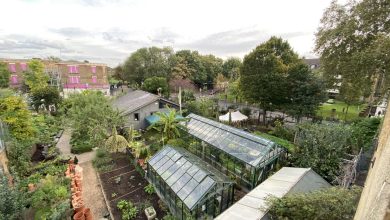Dahlias Care: [Earth, Strengthening, Humidity and Pruning]
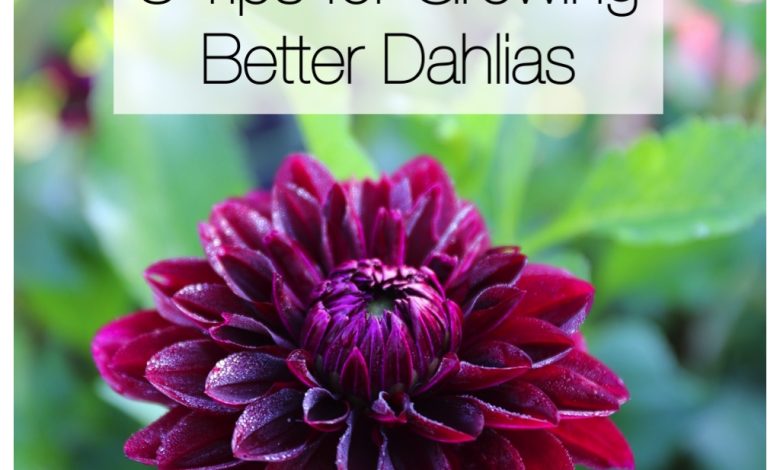
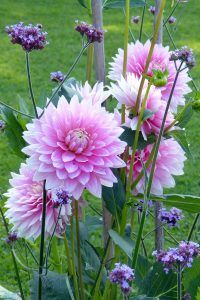 Dahlias care The Dhalia, or dahlia, is an ornamental plant that has had a great boom due to its wide variety of colors, as well as its beauty and easy propagation.
Dahlias care The Dhalia, or dahlia, is an ornamental plant that has had a great boom due to its wide variety of colors, as well as its beauty and easy propagation.
So if you are looking for options to renew your garden, this plant is a good option. However, before starting, it is advisable to know some of the main care of dahlias.
So that you do not have any problem during its cultivation. For this reason, we have prepared this brief guide. We hope this help you.
What soil needs do dahlias have?
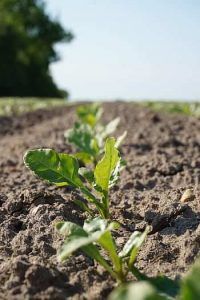 Dahlias are not very demanding regarding the type of soil as it has the ability to adapt easily.
Dahlias are not very demanding regarding the type of soil as it has the ability to adapt easily.
However, the soil must be prepared as plants need high amounts of organic matter and nutrients.
The best type of soil for dahlias should be loamy, sandy, deep, fertile, very well drained, and well mulched.
An example of a mixture can be the following: 24% garden soil, 6% sand, 30% topsoil, 20% peat and 20% earthworm humus.
Regarding pH, dahlias have the ability to grow in soils with various levels of alkalinity. However, they vegetate best in substrates with a pH between 6.0 and 8.0, with 7.0 being the optimum level.
How to make dahlias grow strong and vigorous?
Although there are about 10,000 species of dahlias, they all share some essential care. The more familiar you are with these aspects, the better the crop will be and, therefore, the stronger and more vigorous they will grow.
Lightning
Although they can also be grown in partial shade, dahlias grow best in sunny areas with good lighting. This is so since its development depends on the photoperiod, or length of the day. Long days promote and accelerate flowering, while short days inhibit it.
Therefore, it is essential to plant them somewhere where they are exposed to at least 6 hours a day during the growing and flowering months, with 12-13 hours of intense light being the ideal period.
Temperature
The dahlia prefers regions where temperatures range between 18°C and 23°C during the day, and 15°C to 18°C at night. In fact, it is very susceptible to cold and intolerant to frost.
Low temperatures reduce the growth and flowering of dahlias, in addition, they favor the appearance of root diseases. On the contrary, high temperatures allow rapid but weak growth, so try to keep them in the suggested ranges.
winds
Because its leaves are wide and its stems are fragile, it is preferable to look for areas protected from strong winds or areas with little wind action.
Fertilizer
An important aspect in the care of dahlias is that of fertilization. As it is a fast growing plant, it needs a lot of nutrients. However, it depends on the type of propagation.
In the case of propagation by seed, a constant liquid dose of 75 to 150 ppm can be applied, depending on its growth stage.
For vegetatively propagated dahlias, it is suggested to apply a dose of 225 to 300 ppm of nitrogen. In the case of propagation by tubers, a 1:1:2 or 1:2:3 NPK fertilizer should be sought, both for bottom fertilization and for maintenance.
Care must be taken with excess nutrients, as the plant weakens and flowering decreases.
What humidity do dahlias need?
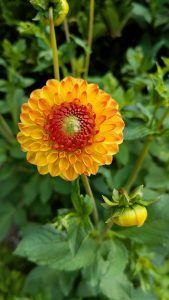 Dahlias are typical of regions with a high level of precipitation, for this reason they require moderate but regular watering to keep the soil moist, without puddles.
Dahlias are typical of regions with a high level of precipitation, for this reason they require moderate but regular watering to keep the soil moist, without puddles.
To do this, it is suggested to apply 2 to 3 irrigations a week during the growth and flowering of the plant, as well as throughout the summer, when the ambient temperature increases. With regard to relative humidity, it should range between 75% and 78%.
Some growers suggest that it should not be watered after planting until suckers appear, there is a dry spell, or the leaves develop and increase in size.
Is it necessary to prune dahlias?
Pruning is not an essential measure in the care of dahlias. However, it is usually useful to remove dead leaves or flowers, to encourage the development of lateral branches, as well as to increase the size and quality of the flowers.
How often should we prune dahlias?
In the case of pruning or pinching, it should be done when the plants reach about 25 centimeters in height.
With regard to unbuttoning, this should be done before the shoots reach a size of 5 centimeters, just when they are still tender.
How to prevent pests and diseases from appearing on dahlias?
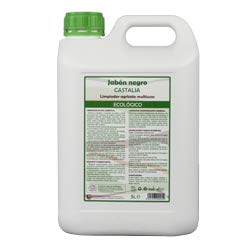 The best measure to protect dahlias is to keep them healthy. However, sometimes the appearance of pests and diseases becomes unavoidable.
The best measure to protect dahlias is to keep them healthy. However, sometimes the appearance of pests and diseases becomes unavoidable.
In the case of pests, insects such as black or green aphids, whiteflies, thrips and caterpillars may appear.
To prevent its appearance, it is recommended to check the stems and leaves weekly, as well as the application of systemic insecticides as a control measure.
Regarding diseases, the dahlia is susceptible to the fungi Fusarium and Entyloma dahliae. To avoid them, it is essential to have good irrigation control and use healthy plant material. As a control measure, the elimination of diseased plants and the reduction of irrigation are recommended.
Conclusions
Dahlias are plants that are very easy to grow and very appropriate for people who are new to gardening since, in favorable climates, they only need to take care of lighting, fertilization and irrigation.
We hope that this brief guide to caring for dahlias will help you and allow you to incorporate these beautiful plants into your garden. Are you ready to start?
Bibliographic references
- https://www.redalyc.org/pdf/1932/193237111014.pdf
- https://www.mapa.gob.es/ministerio/pags/biblioteca/hojas/hd_1975_15.pdf
- http://repositorio.uaaan.mx:8080/xmlui/bitstream/handle/123456789/5857/T19825%20SHOREQUE%20MORA%2C%20MARICRUZ%20%20TESIS.pdf?sequence=1&isAllowed=y
- https://www.academia.edu/25624519/Horticultura_ornamental_dahlia
- http://www.mag.go.cr/rev-histo/ra-17-04-187.pdf
Maybe you are also interested in:

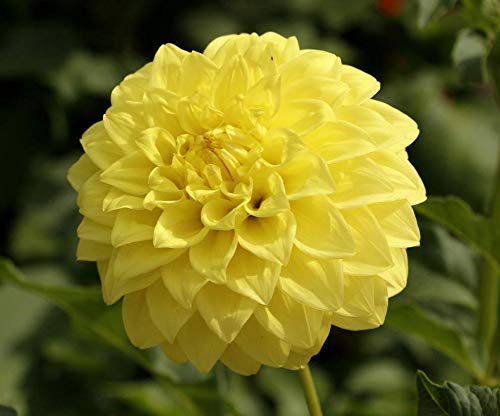
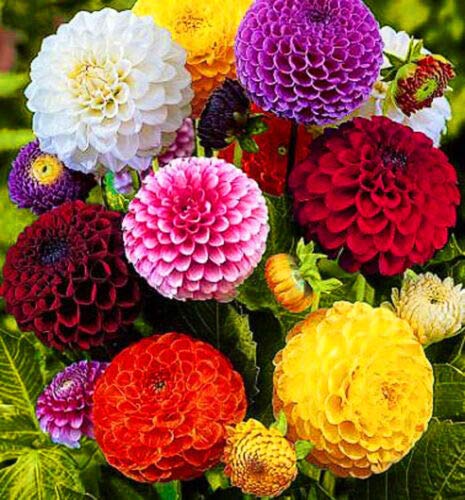
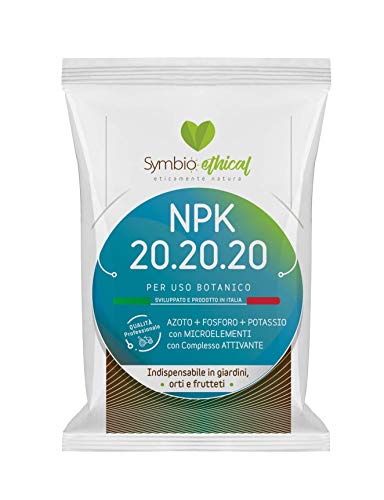


![Photo of Bibio or Bibiones (Bibio spp.): [Concept, Detection, Effects and Treatment]](https://www.complete-gardening.com/wp-content/uploads/2022/08/bibio-or-bibiones-bibio-spp-concept-detection-effects-and-treatment-390x220.jpg)
